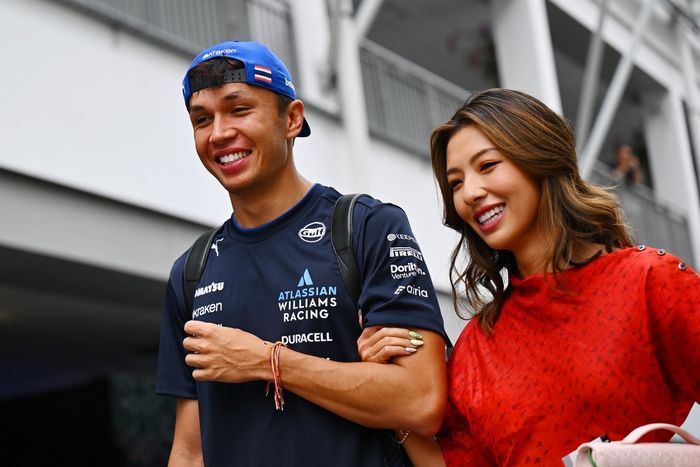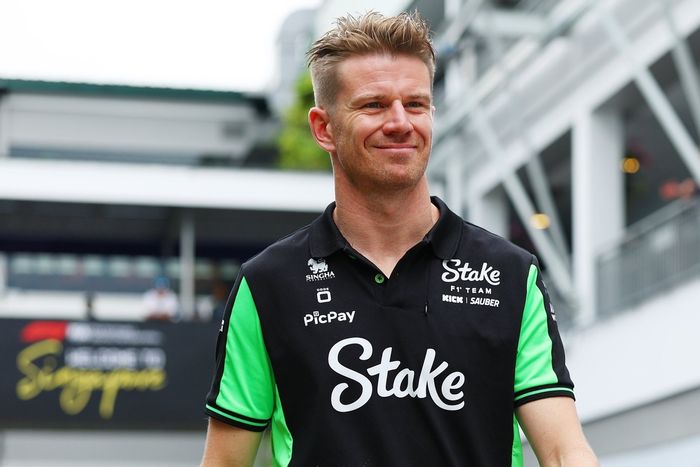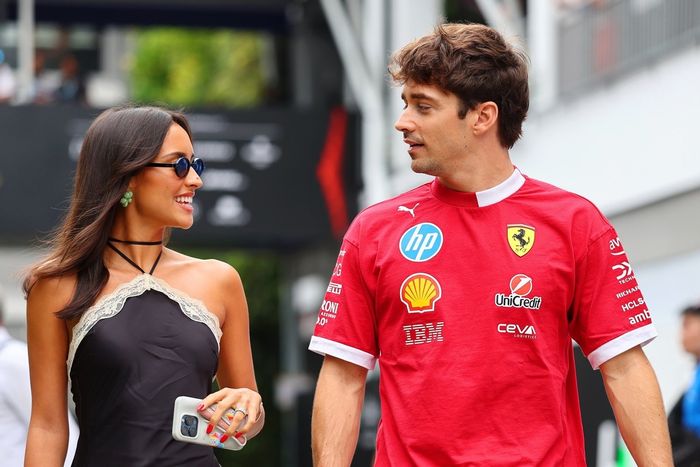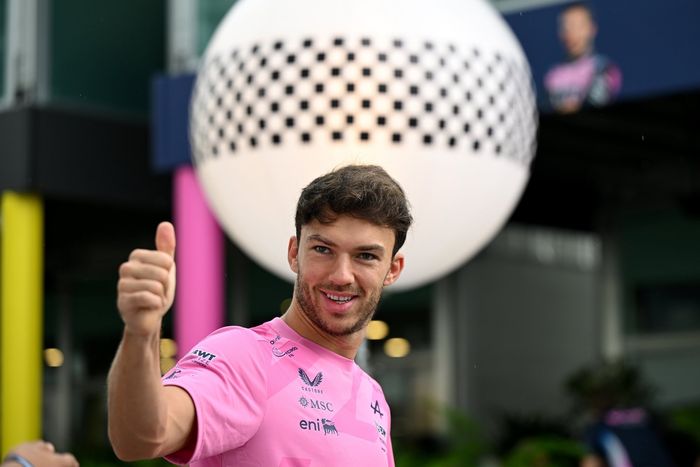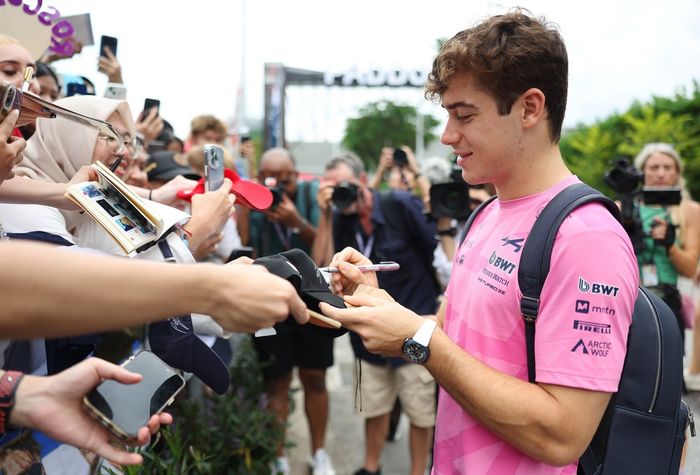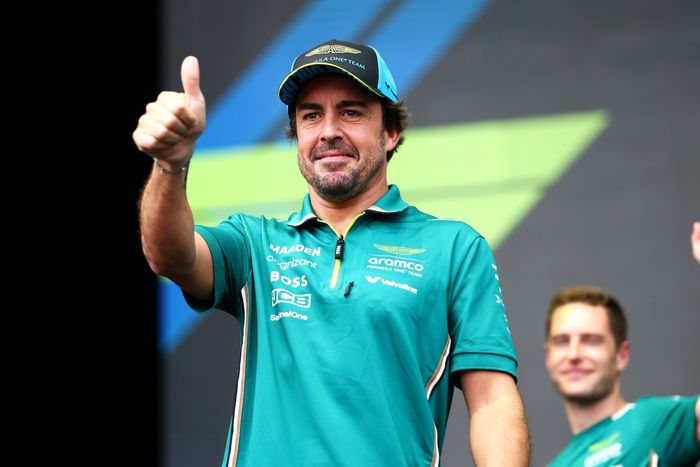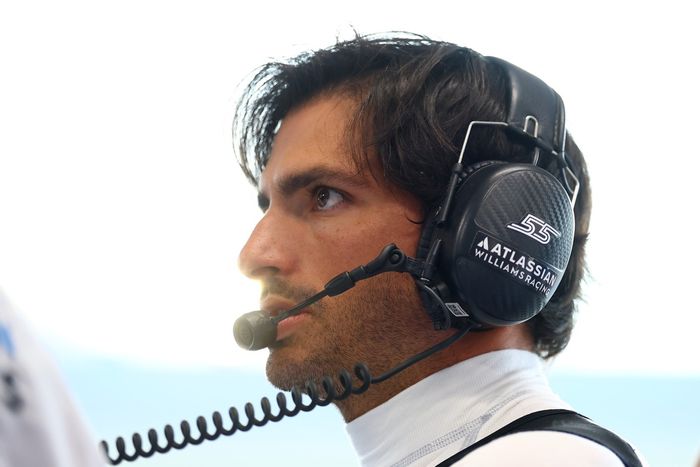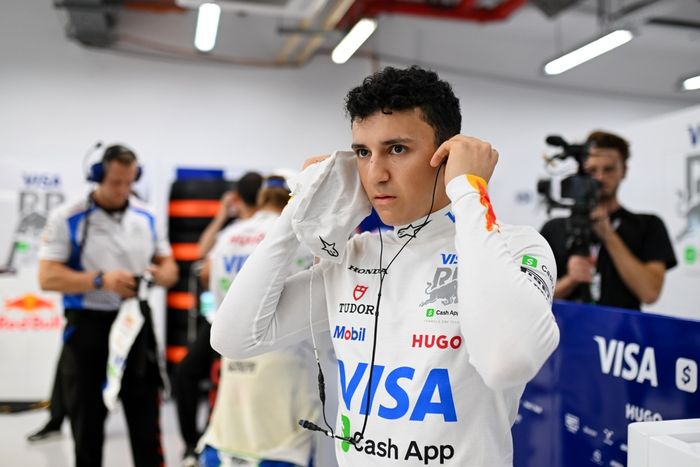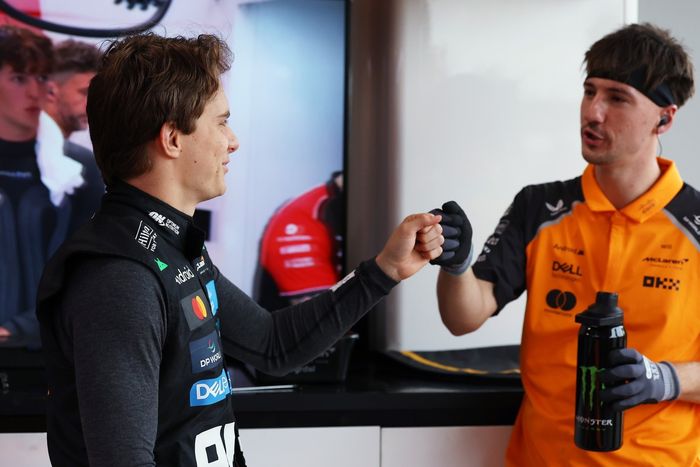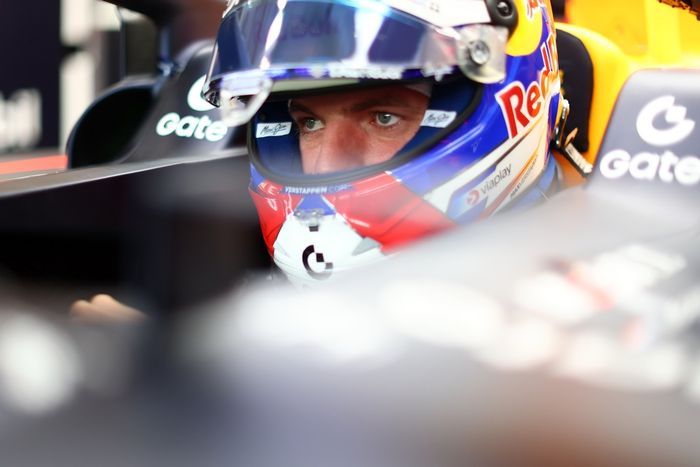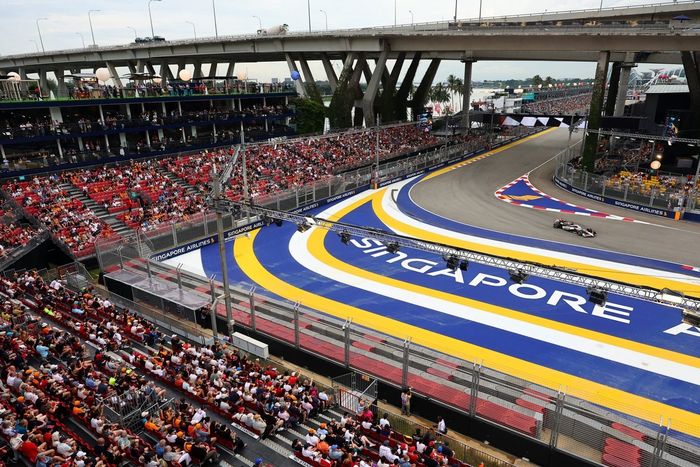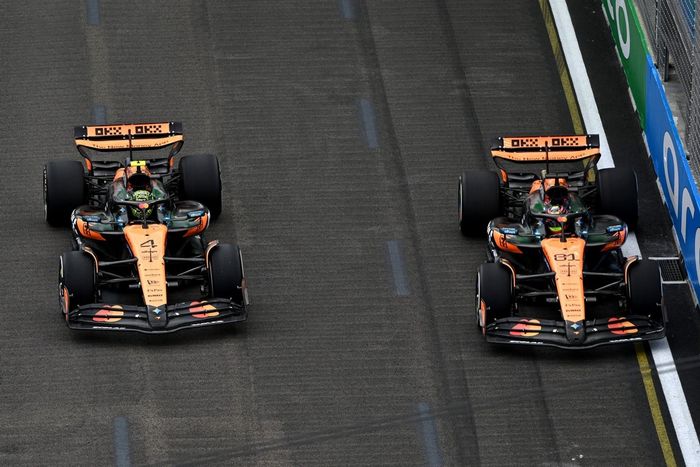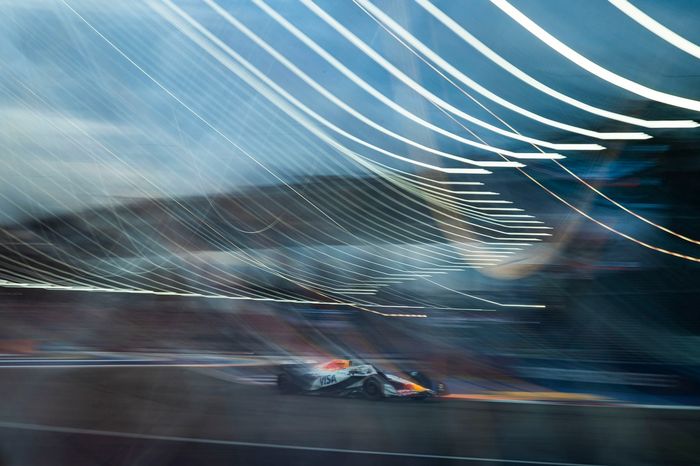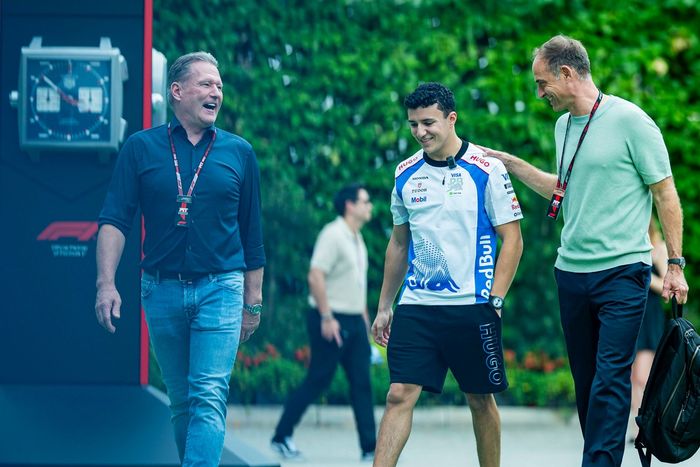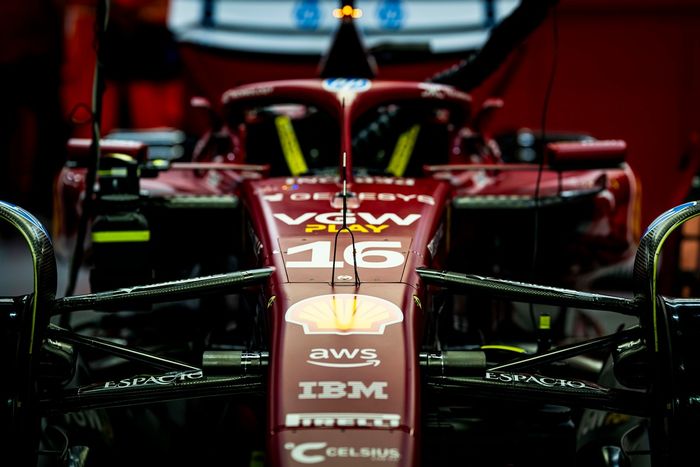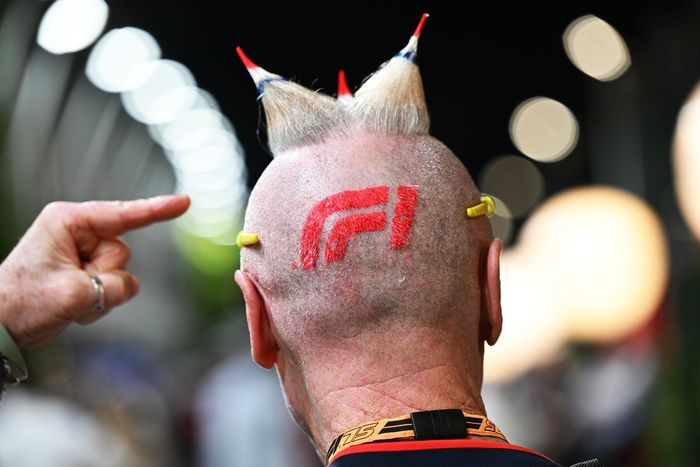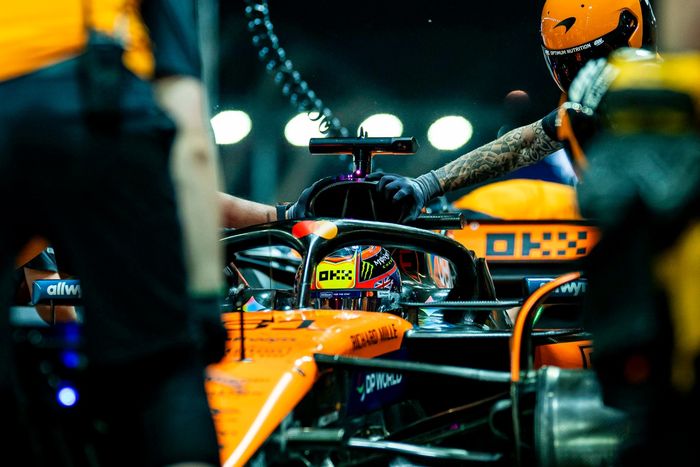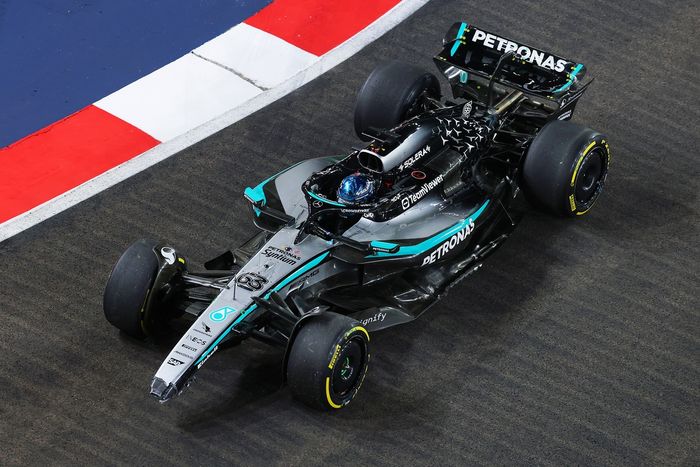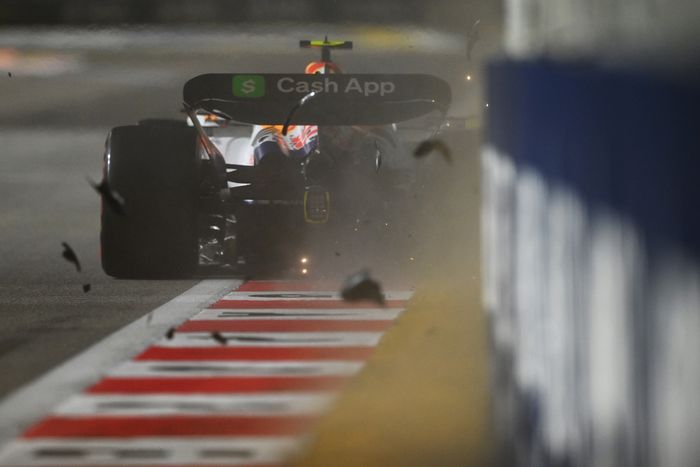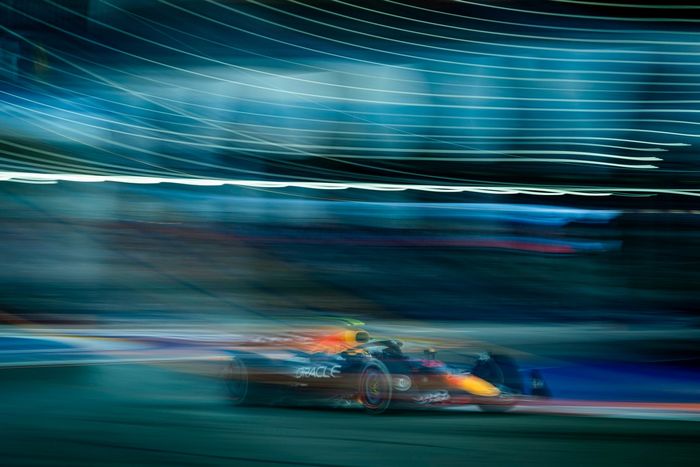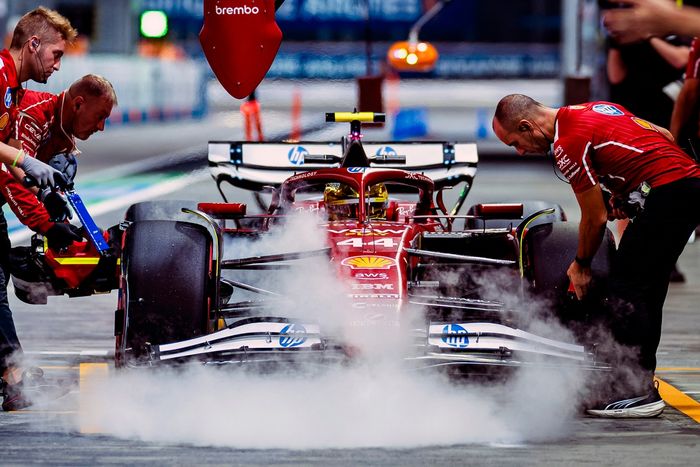Oscar Piastri set the quickest time on Friday follow in Singapore, a 1m30.714s, leaving even his closest world championship rivals behind: Lando Norris completed fifth (+0.483s), whereas Max Verstappen took third place (+0.143s). The small hole for Pink Bull is especially stunning, as Singapore has historically been thought-about a bogey monitor for Verstappen.
An in depth take a look at the long-run knowledge, nevertheless, is slightly restricted. Second follow was interrupted first by an accident involving Mercedes driver George Russell and later by Liam Lawson hitting the wall, which resulted in an prolonged pink flag section. What remained had been solely truncated long-run makes an attempt and some knowledge factors with heavy gas from the already unrepresentative first follow.
Has Verstappen proven his true tempo right here?
The direct comparability between Piastri and Verstappen was significantly fascinating. Each drivers first set their private greatest laps within the second free follow, earlier than tagging on a future with out refuelling in the identical stint. Piastri opened the long term with a 1m34.771s, whereas Verstappen was about three tenths slower (1m35.082s).
Over the course of the stint, nevertheless, the Dutchman proved to be sooner: averaged throughout all long-run laps, the Pink Bull driver was 0.134s per lap faster than Piastri. How significant this comparability actually is stays questionable, given the unknown gas ranges and distorted follow programmes.
“It was the most effective Friday since I do not know what number of years right here,” defined Pink Bull’s motorsport advisor Helmut Marko after the session. “So, we undoubtedly made a step ahead. I feel in qualifying will probably be inside lots of of seconds. However principally, Max is proud of the automobile. There are nonetheless some little issues to regulate and in the long run will probably be very, very tight.”
Particularly on a single lap, Verstappen nonetheless has room for enchancment. His deficit to McLaren arose virtually completely within the ultimate sector: there, the RB21 was 0.146s slower. A take a look at the telemetry exhibits that Pink Bull misplaced round one and a half tenths every in Flip 5 and Flip 18.
Ferrari and Mercedes not but inside placing distance
Every little thing subsequently factors to a duel between McLaren and Verstappen on the entrance. Ferrari and Mercedes, then again, remained lacklustre. Lewis Hamilton needed to abort his quickest lap within the second follow, however primarily based on his greatest sector instances he would have managed a 1m30.967s – adequate for fifth place and about two and a half tenths behind McLaren.
Like Pink Bull, Ferrari is dropping an excessive amount of time significantly within the ultimate sector. There’s, nevertheless, some hope from a future by Charles Leclerc within the first follow: adjusted for tyre compounds, he was on common a couple of tenth faster than Verstappen. However since monitor situations in FP1 had been hardly consultant, this determine must be handled with warning.
Mercedes, in the meantime, skipped a qualifying simulation on delicate tyres altogether within the second session. Russell was sidelined after his crash, whereas Andrea Kimi Antonelli accomplished a traditional future. Their positions of 18th and twentieth subsequently don’t mirror their true tempo. The lengthy runs from FP1, nevertheless, had been sobering: on common each Mercedes had been virtually a second slower than Ferrari.
Surprises within the midfield: What can Aston Martin and Racing Bulls obtain?
The headlines on Friday subsequently belonged extra to the midfield groups. Fernando Alonso set the quickest time in FP1 with Aston Martin and later completed fourth. The crew, nevertheless, didn’t full any lengthy runs in both FP1 or FP2, so nothing will be mentioned but about race tempo. A glance again at Zandvoort means that Aston Martin usually seems stronger in follow than over the course of the total weekend.
Isack Hadjar additionally made waves: the Racing Bulls driver surprisingly clocked the second-fastest time. But the crew’s lengthy runs in FP1 had been weak – Hadjar misplaced 1.33s per lap to Ferrari and was additionally behind Williams, Alpine and Haas. However, the Racing Bulls is mostly thought-about extra of a qualifying automobile than a race automobile. In Singapore, the place overtaking is notoriously troublesome, that would show decisive.
Elevated pitlane pace: Door open for a two-stop technique?
Regardless of the rise in pitlane pace from 60km/h to 80 km/h, little is anticipated to alter in race technique. The rationale: Singapore’s well-known overtaking difficulties. A delta of multiple second per lap will probably be required to overhaul efficiently on Sunday.
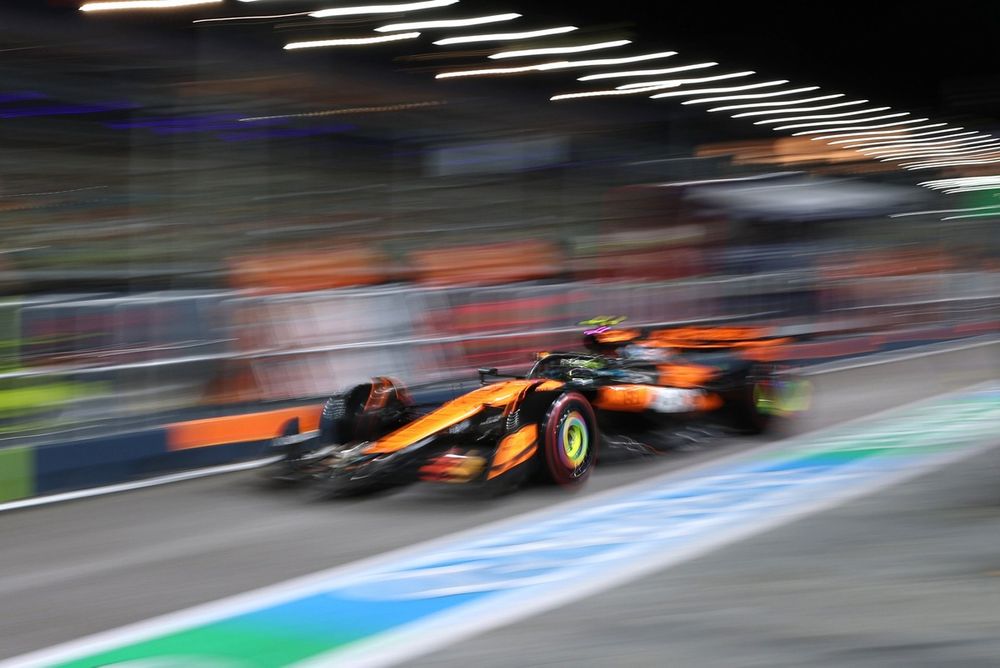
Lando Norris, McLaren
Photograph by: Sam Bloxham / LAT Photographs by way of Getty Photographs
Though the pitlane delta has been diminished from 29s to round 26s in response to Friday’s findings, it nonetheless does little good if one loses positions and will get caught in site visitors. Tyre put on knowledge from the primary follow can also be just like final 12 months’s. Accordingly, the one-stop technique stays about 4 seconds faster on paper than a two-stop race. Solely a security automobile may realistically make a further cease viable.
Pirelli chief engineer Simone Berra additionally indicated low tyre degradation: “The monitor is offering a very good degree of grip, partly as a result of the organisers have performed a very good job with high-pressure water jets and since a number of sections have been resurfaced, providing extra grip than final 12 months. At first look all three compounds, together with the delicate, appear viable for the race.”
Pictures from Singapore GP – Follow
We wish your opinion!
What would you wish to see on Motorsport.com?
Take our 5 minute survey.
– The Motorsport.com Staff



